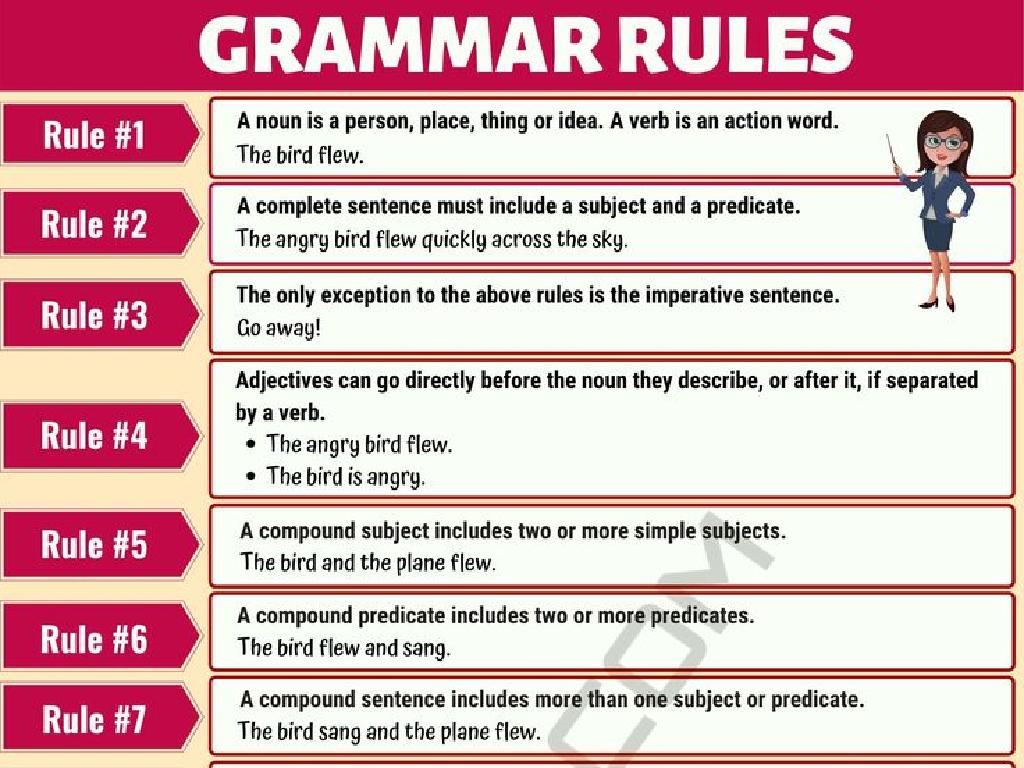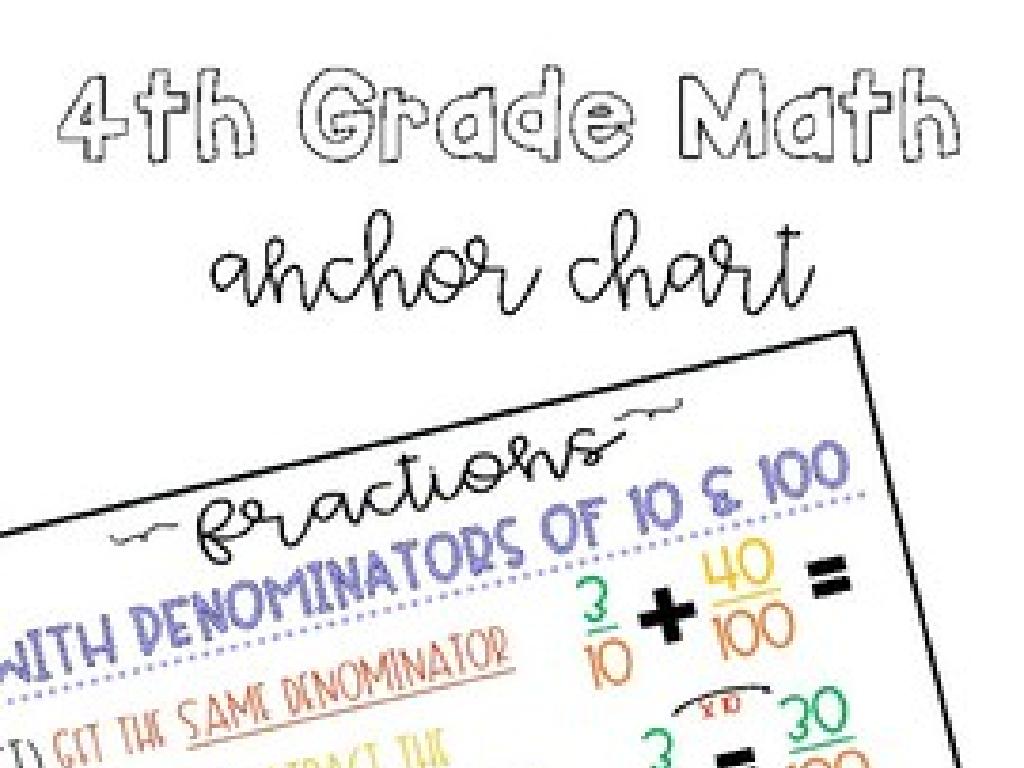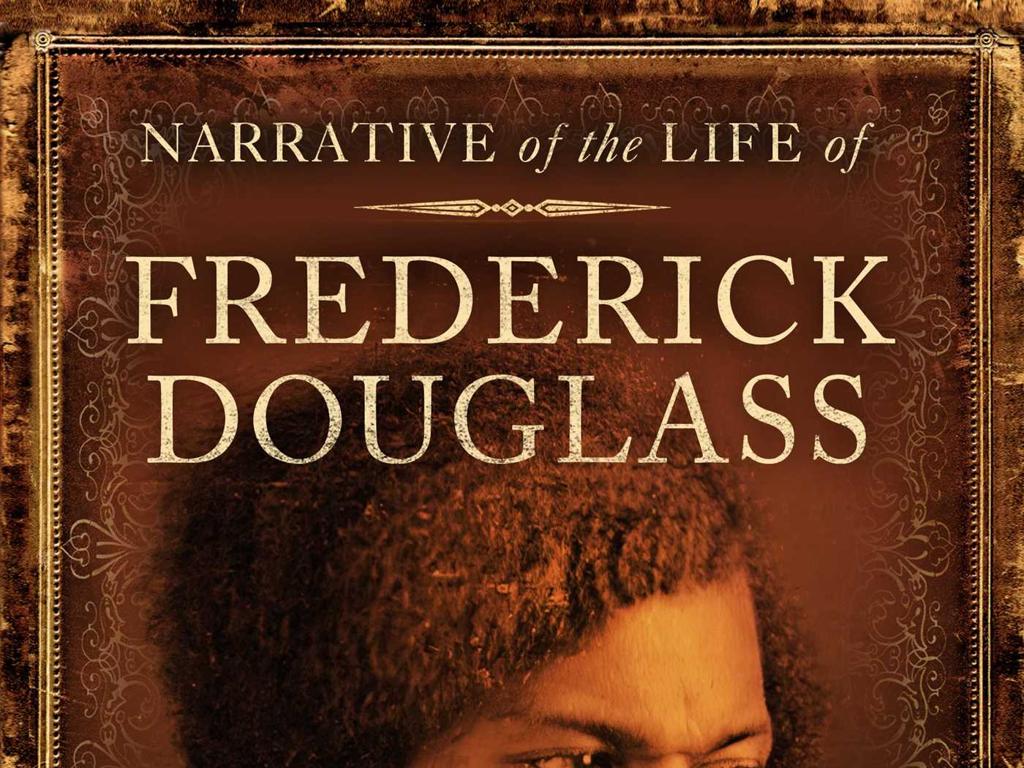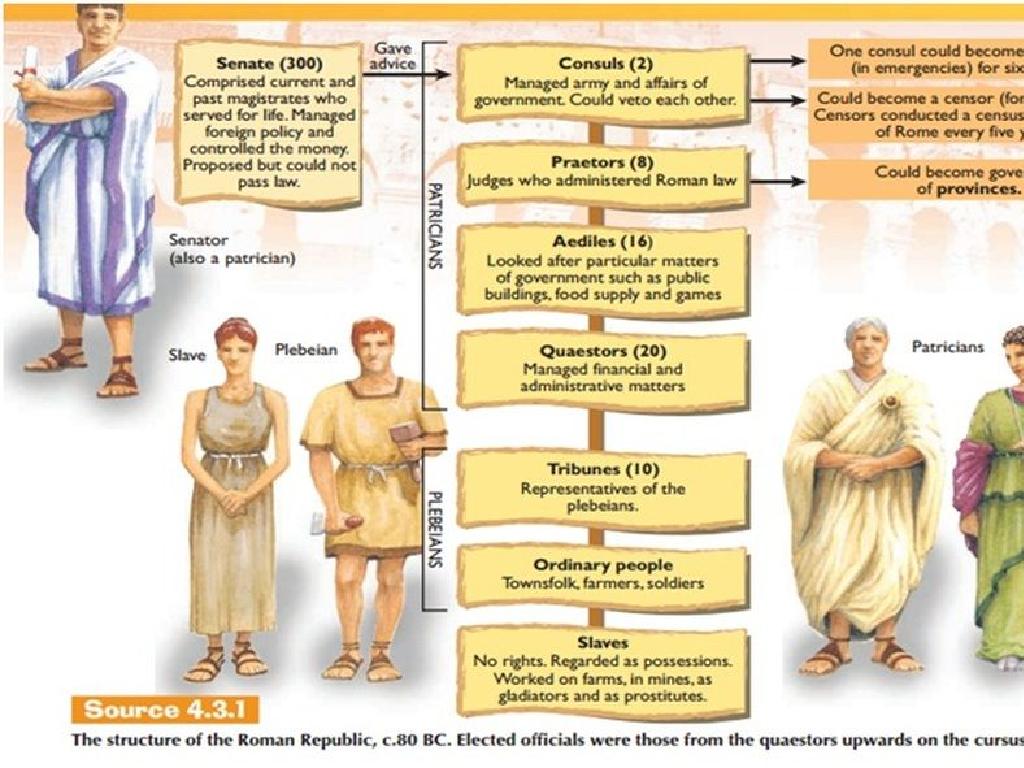Find The Uppercase Letters
Subject: Language arts
Grade: First grade
Topic: Lowercase And Uppercase Letters
Please LOG IN to download the presentation. Access is available to registered users only.
View More Content
Welcome to Letters: Uppercase Adventures!
– What are uppercase letters?
– Uppercase letters are big letters like A, B, C.
– Uppercase vs. lowercase
– Uppercase letters start sentences and proper nouns.
– When to use uppercase letters
– At the beginning of sentences and for names.
– Practice finding uppercase letters
– We’ll look for big letters in a fun game!
|
This slide introduces first graders to the concept of uppercase letters. Explain that uppercase letters, also known as capital letters, are used to start sentences and for names of people, places, and things. They are the ‘big’ versions of letters. Discuss the visual difference between uppercase and lowercase letters and provide examples. Emphasize the importance of recognizing and using uppercase letters correctly. Prepare a fun activity where students can practice identifying uppercase letters in text, such as a scavenger hunt or a matching game with uppercase and lowercase letters.
Meet the Alphabet: Uppercase vs. Lowercase
– Explore letters A to Z
– Spot uppercase letters
– Uppercase letters are big, like ‘A’, ‘B’, ‘C’
– Notice lowercase letters
– Lowercase letters are small, like ‘a’, ‘b’, ‘c’
– Compare both letter forms
– How is ‘A’ different from ‘a’? Let’s find out!
|
This slide is designed to help first graders recognize and differentiate between uppercase and lowercase letters. Start by showing them the full alphabet in both uppercase and lowercase. Encourage the students to observe the size and shape of the uppercase letters, which are often used at the beginning of sentences and for proper nouns. Then, point out the lowercase letters, which they will see more frequently in text. Ask the students to compare the two forms of each letter and discuss the differences they notice. This will help them understand when to use each form while writing. Engage the class with examples and ask them to identify the uppercase and lowercase versions of the same letter.
Finding Uppercase Letters
– Uppercase letters are big and tall
– Start sentences and names with them
– Like ‘A’ in April or ‘B’ in Ben
– Sing the uppercase alphabet song
– A fun song to remember all the big letters
– Practice spotting uppercase letters
– Find uppercase letters in your favorite book
|
This slide is aimed at helping first graders recognize and understand the use of uppercase letters. Emphasize the visual difference between uppercase and lowercase letters, pointing out that uppercase letters are generally larger in size. Explain that uppercase letters are used at the beginning of sentences and for proper nouns, which include people’s names, places, and specific things. Engage the class by singing the uppercase alphabet song to reinforce their memory of the letters. Finally, encourage the students to practice by identifying uppercase letters in various texts, such as their favorite storybooks, signs, or labels, which will help them become more familiar with the concept.
Letter Matching Game
– Match uppercase with lowercase
– Find the big letter’s little buddy
– Say each letter loud
– Practice the letter sounds together
– Enjoy finding letter pairs
– Celebrate each match you find
|
This slide introduces a fun matching game to help first graders recognize and pair uppercase letters with their lowercase counterparts. Encourage the students to look for the ‘big’ version of the letter and then find its ‘little buddy’. As they find a match, they should say the letter out loud to practice phonics and reinforce their memory. This activity can be done with physical letter cards, interactive whiteboard, or printed worksheets. Make sure to celebrate each match to keep the activity exciting. For variation, some students can match letters while others can be asked to write down the matching pairs, or find objects in the classroom that start with the matched letters.
Finding Uppercase Letters
– Understand uppercase letters
– Read a story together
– We’ll read a story as a class
– Circle uppercase letters
– Use a pencil to circle every big letter
– Discuss why they’re used
– Uppercase letters start sentences and names
|
This slide is for a class activity aimed at helping first graders recognize and understand the use of uppercase letters. Begin by explaining what uppercase letters are and how they differ from lowercase letters. Read a story aloud to the class, encouraging students to follow along. As you read, pause and ask students to identify and circle the uppercase letters they see. After the activity, discuss the importance of uppercase letters, such as signaling the beginning of sentences and proper nouns. This will help students grasp the concept of capitalization in written English.
Create with Letters: Uppercase Fun!
– Make uppercase letters with playdough
– Roll, shape, and mold to form each letter
– Craft uppercase letters from paper
– Cut and glue paper to create the letters
– Show and tell with your letter creations
– Share your letters with the class
– Enjoy learning uppercase letters
|
This slide introduces a hands-on activity designed to help first graders recognize and learn uppercase letters in a fun and interactive way. Using playdough, students can roll and shape the dough to form each uppercase letter, which helps with memorization through tactile experience. Alternatively, they can cut out and glue paper to create the letters, which reinforces the shapes and structures of the uppercase alphabet. Encourage students to proudly display their work to the class, fostering a show-and-tell environment that promotes sharing and learning from peers. This activity not only aids in letter recognition but also develops fine motor skills. Provide guidance and supervision to ensure that each student successfully creates and understands the uppercase letters.
Class Activity: Letter Hunt!
– Explore the classroom on a letter hunt
– Find and draw objects with uppercase letters
– Look for objects like ‘Ball’ or ‘Apple’
– Share your drawings with the class
– Learn about uppercase letter uses
– Understand when to use uppercase letters
|
This activity is designed to help first graders recognize and differentiate uppercase letters by associating them with familiar objects. Teachers should guide the students around the classroom to search for items that begin with uppercase letters. Encourage the children to draw the objects they find, which reinforces the letter recognition through art. After the hunt, each student will present their drawings, fostering public speaking and sharing skills. Teachers can prepare a list of objects that start with different uppercase letters to ensure a variety of examples. Possible variations of the activity could include a scavenger hunt with pre-placed letter cards around the room, or pairing students to work as a team to find and draw objects.






